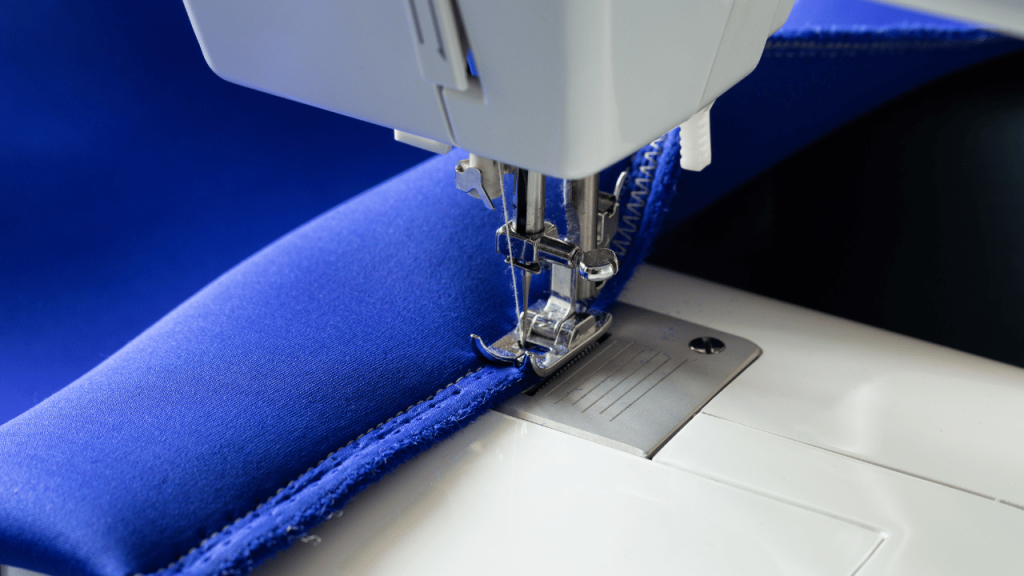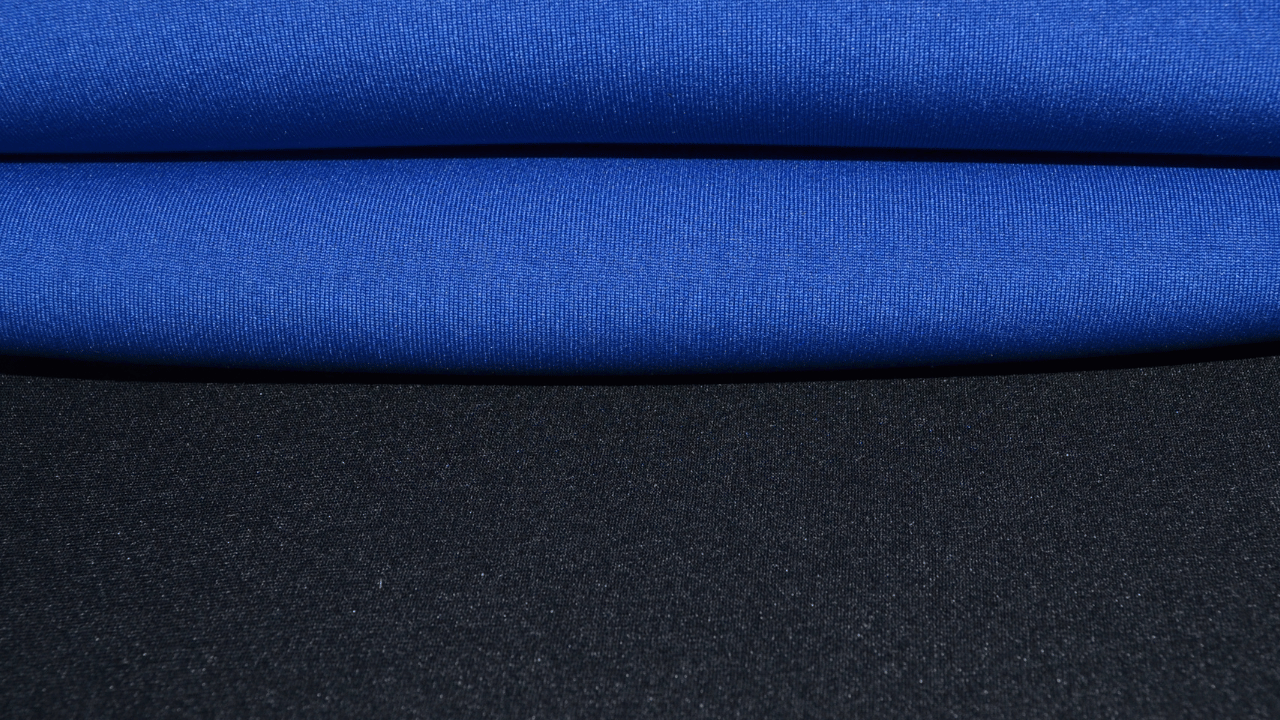The bag design process comes with many vital steps, but none are quite as important as the fabric selection. This key detail won’t just impact the overall look of the bag. It will lay the right foundations for success by determining the quality, longevity, and durability of your design. If you’re a bag manufacturer, you’ll know just how important it is to invest time in researching fabrics. One material that dominates both the sport and fashion worlds with its high level of durability is neoprene. This unique fabric is sure to impress with its modern aesthetic and outstanding functionality. In this comprehensive guide, we’ll provide you with all the essential facts about using neoprene in bag manufacturing. Read on to discover if it’s the right fabric for you!
What is Neoprene?
Neoprene is a synthetic rubber material known for its exceptional durability, flexibility, and water resistance. It was developed in the 1930s by American chemist Arnold Collins, a member of the DuPont research group, after the demand for rubber had sharply grown in the early 20th century.
Collins discovered the groundbreaking material by polymerizing chloroprene. This resulted in a versatile material that has since found a wide range of applications, including bag manufacturing.
The Advantages of Using Neoprene in Bag Manufacturing
Durability & Resilience. Neoprene is highly resistant to wear and tear. It’s an excellent choice for bags that need to withstand extensive use and heavy loads. Neoprene can resist abrasion, cuts, and damage caused by twisting and flexing while still maintaining its shape, ensuring long-lasting durability.
Water Resistance. One of neoprene’s standout features is its inherent water-resistance. This quality makes it an extremely popular choice within the water sports realm. Bags made from neoprene provide a strong protective barrier against moisture, making them ideal for water-related activities and rainy environments. Whether you’re designing beach bags, sports bags, or carry-all totes, neoprene will reliably keep contents dry and safe.
Temperature & Environmental Resistance. Neoprene’s durability extends to the outside environment. It is resistant to oxidation, UV rays, polluting agents, and can comfortably withstand temperatures from -40°C to +120°C. This extraordinary fabric also offers insulation and thermoregulation, ensuring bag contents will be safe in virtually any environment.
Flexibility & Stretch. Neoprene offers excellent flexibility. It accommodates various items of different shapes and sizes, providing a versatile storage solution for consumers.
Cushioning & Impact Resistance. Neoprene’s cushioning properties securely protect delicate and fragile items. It provides a layer of shock absorption, safeguarding electronics, cameras, and other valuables from accidental bumps and impacts.
Easy Maintenance. Neoprene is a relatively low-maintenance fabric. It is resistant to stains and can be cleaned with mild soap and water. The fabric also dries quickly, offering convenient and hassle-free care.
Limitations of Using Neoprene in Bag Manufacturing
Thickness and Bulk. Neoprene is bulkier than many other fabrics used in bag manufacturing. It may be less desirable for those seeking lightweight or compact options. Designers can balance neoprene’s thickness by combining it with lighter materials.
Breathability. Neoprene is not a highly breathable fabric. Bags made solely from neoprene may not provide proper air circulation, which can result in moisture or odor build-up. Manufacturers can overcome this limitation by adding ventilation features within the design, or using fabric blends that offer more breathability.
Limited Rigidity. Neoprene’s intrinsic flexibility is both an advantage and a limitation. While it allows for easy item storage, it makes it challenging to create structured bag designs. Manufacturers can either stick to more casual designs, or use blends that provide more rigidity.
Neoprene Production & Manufacturing Considerations

Neoprene is created through a process called polymerization, where chloroprene monomers are transformed into a solid rubber-like material. The neoprene sheets or rolls can then be used in bag manufacturing processes.
When working with neoprene, it’s essential to use specialized equipment such as cutting machines and sewing techniques suitable for handling its thickness, flexibility, and strength. Training skilled operators on this equipment will ensure precise stitching, clean cuts, and high-quality products.
Neoprene Sustainability & Environmental Impact
Neoprene is a synthetic material derived from petrochemicals, which means its production relies on non-renewable fossil fuel resources. The extraction and processing of these resources have negative environmental implications, including greenhouse gas emissions and habitat disruption.
The creation of neoprene uses energy-intensive processes, such as polymerization and curing, which release carbon emissions into the atmosphere. It also involves the use of various chemicals, solvents, and adhesives, which may result in detrimental environmental and health implications if not handled properly. Finally, neoprene is not a biodegradable material and can take up to 100 years to break down in a landfill.
To mitigate these concerns, brands and manufacturers have developed more sustainable alternatives to traditional neoprene in recent years:
- CarbonBlack is an alternative made from post-consumer scrap rubber tires and neoprene chips derived from limestone.
- Limestone neoprene is mined from natural rocks rather than being derived from petroleum.
- Yulex recreates the feel of neoprene with natural rubber tapped from hevea trees.
Manufacturers can enjoy the positive benefits of neoprene while being kind to the planet by sourcing eco-friendly neoprene varieties from suppliers that prioritize environmental responsibility. They can also reduce their impact during the production process by engaging in proper waste management techniques, such as recycling or repurposing neoprene waste, responsible chemical management, and energy-efficient manufacturing practices.
Conclusion
When it comes to durability, water-resistance, flexibility, and temperature regulation, few fabrics can rival the advantages of neoprene. This power fabric is guaranteed to keep bag contents secure while boasting a sporty chic aesthetic. Conventional neoprene production techniques do come with environmental concerns, but these can be overcome by working with green alternatives and adopting eco-friendly manufacturing processes.
